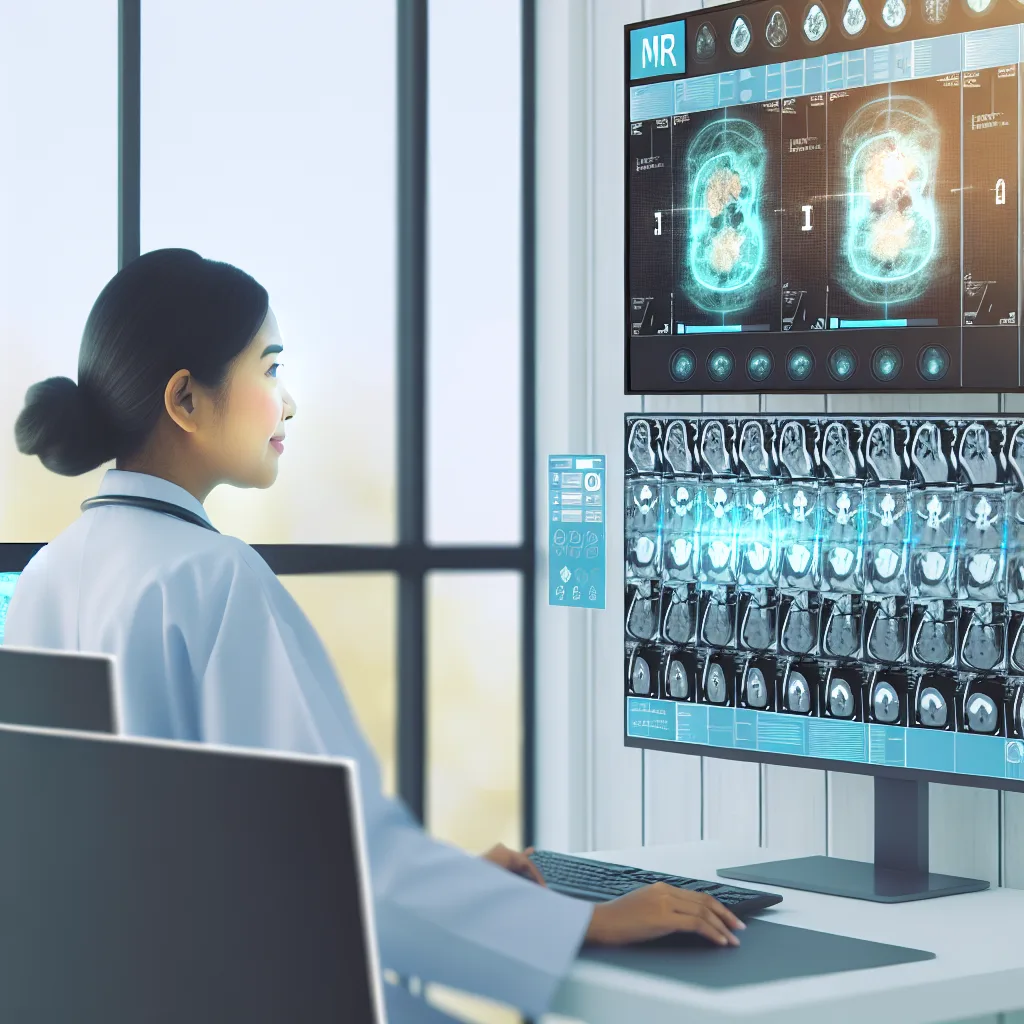Unpacking how AI improves diagnosis accuracy beyond the training it receives
If you’ve ever heard that AI can do a better job than doctors at reading X-rays or MRIs, you might wonder: how is that even possible? This question came up for me recently, and I thought it’s worth a deep dive to really understand AI in medical diagnosis and why it’s often said to outperform human doctors.
How Does AI Learn to Diagnose?
At first glance, AI is trained with lots of labeled data — meaning, doctors look at medical images and say “yes, this is cancer” or “no, this is not cancer.” The AI uses this to learn patterns and features. So yes, it depends on doctors for initial training. If the AI predicts something is cancer and a trainer corrects it as not cancer, the AI adjusts accordingly. This sounds like the AI is limited by what the doctor says, right? So how can it surpass doctors?
AI Improving Beyond Initial Training
Once the AI has been trained, it can process thousands of images quickly and evaluate subtle details that humans might miss. It’s not that AI has a magical new insight but rather that it can combine the collective knowledge from a vast number of examples — far more than any single doctor could review in their career.
Moreover, AI algorithms can be retrained and improved continuously as more data is collected, which can help in refining accuracy over time. And with techniques such as ensemble models and deep learning, it can detect patterns invisible to the human eye.
Testing AI Against Humans
When AI is tested against doctors, it’s usually done on a carefully selected dataset, often with expert verification. The “better” performance means AI made fewer mistakes on that dataset than the average doctor. But it’s important to remember the context:
- The AI might be compared to doctors with varying levels of expertise.
- AI excels in standard cases but human doctors provide essential judgement in complex scenarios.
So yes, AI can help flag cases that might be missed, but it’s not a replacement for a doctor’s comprehensive evaluation.
Where AI Shines and Where It Doesn’t
AI in medical diagnosis works well as a supportive tool. It can:
- Speed up diagnosis by quickly scanning images.
- Reduce human errors in routine checks.
- Provide consistent assessments.
What AI can’t do is replace the human touch — considering patient history, symptoms, and making nuanced decisions that go beyond pattern recognition.
Why Headlines Sometimes Exaggerate
Sometimes news stories make AI sound like it’s replacing doctors overnight. The truth is more nuanced; AI in medical diagnosis is a tool to assist, not take over. Headlines might also highlight AI beating junior doctors or those less experienced, which is still useful but not headline-worthy as an absolute victory.
Final Takeaway
AI in medical diagnosis is impressive because it learns from expert-labeled images and then applies that knowledge with incredible speed and consistency. It essentially becomes a very well-trained assistant that can catch patterns a single doctor might overlook.
Understanding this helps set realistic expectations and appreciate AI as a helpful tool in healthcare — one that supports doctors rather than competes with them.
For more details on AI applications in medicine, check out NIH’s overview of AI or learn about the FDA’s stance on medical AI at FDA’s medical devices page.
